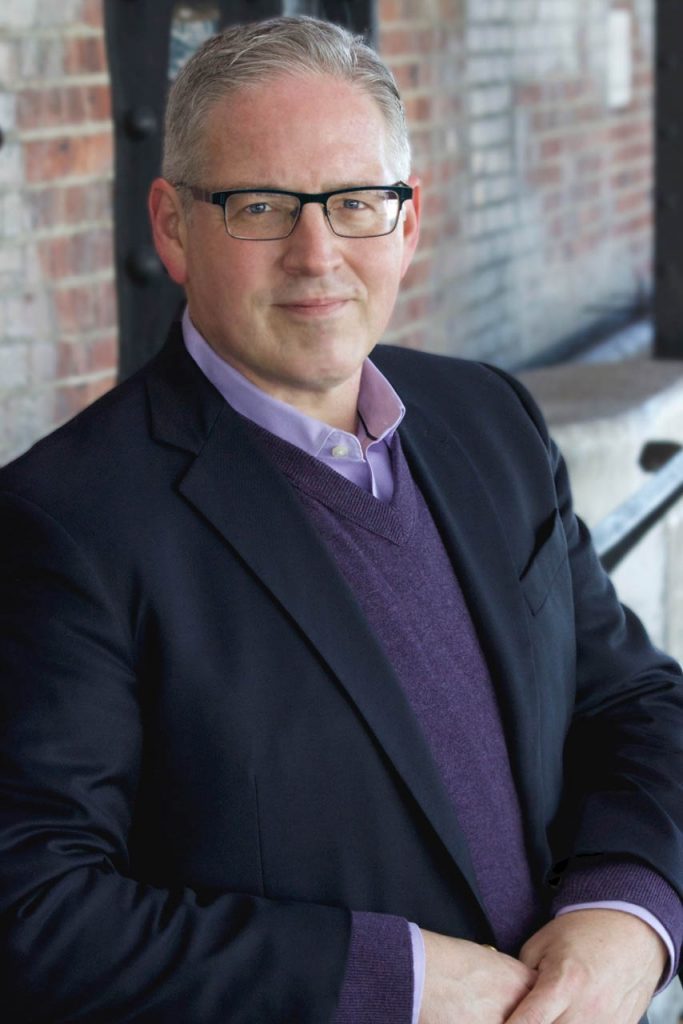New York Choral Society spans the centuries with Duruflé, Haydn masses

David Hayes conducted the New York Choral Society Monday night at Carnegie Hall.
If choruses had “juries” the way conservatory students do, the panel would probably ask them to sing the Requiem by Maurice Duruflé (1902-1986) followed by a Mass by Joseph Haydn (1732-1809), to show how conversant they were in the styles of different eras.
The New York Choral Society took that test Monday night in Carnegie Hall, and if they didn’t exactly ace it, the singers and their music director David Hayes clearly were making the effort, and producing some very Duruflean and Haydnesque moments along the way.
Which is saying something, since these two composers’ music can seem to be from not just different eras, but different planets—Duruflé mystical, indistinct, head in the stars; Haydn granular, conversational, down to earth. About all they had in common was their devout Catholic faith.
And yet, as Vladimir Horowitz once said, you have to play Chopin like Mozart, and Mozart like Chopin. Duruflé’s floaty music benefits from a bit of rhythmic definition, which his Requiem received Monday in, for example, the gently swinging three-to-a-bar that animated the “Sanctus.”
Conversely, Haydn’s Missa in angustiis (Mass in anxious times)—known as the “Lord Nelson Mass” because of its martial-sounding opening “Kyrie”—went appropriately soft and mystical when contemplating the mystery of God made man in the “Credo,” between the lines “Et incarnatus” and “supultus est.”
But one comes to Duruflé to hear the old Gregorian chant melodies harmonized by women’s voices in lush yet chaste sliding chords, and that promise was handsomely fulfilled Monday in, among other places, the “Lux aeterna” movement and the “quam olim Abrahae” section of the “Domine Jesu Christe.”
Haydn’s legendary wit is as much a part of his masses as of his symphonies, but it is no easy thing to convey in performance with large forces. Not much of it was evident Monday night, but one appreciated the choir’s rapid-fire dialogue with syncopated violins in the closing “Dona nobis pacem.”
Overall, the chorus got at least a passing grade on its Duruflé-Haydn “jury” by switching to a leaner tone and clearer attack in the latter composer’s music.
The chorus was partnered by its orchestra of skillful New York freelancers, led by longtime concertmaster Suzanne Ornstein, which played accurately but somewhat tentatively under Hayes’s direction.
The evening’s four vocal soloists gave good accounts of themselves, beginning with mezzo-soprano Abigail Fischer, who duetted affectingly with cellist David Heiss in the “Pie Jesu” movement of the Requiem, accompanied only by organist David Ralph. Fischer returned in the Haydn to add her strong middle range to the solo quartet, which also included soprano Vanessa Vasquez, tenor Zach Borichevsky, and bass Sava Vemić.
Vasquez had the most prominent role in the Missa, and although she sounded a bit dry and strident at first, and struggled with the fierce coloratura of the “Kyrie,” her legato line was admirable in the “Gloria,” and by the “Benedictus” and “Agnus Dei” her tone had rounded out beautifully.
The men’s voices were clear and well matched, with tenor Borichevsky providing strong support in ensembles while bass Vemić got most of the solo spotlight. The latter’s sensitive phrasing and oaky, well-projected tone showed to advantage in a touching “Qui tollis.”
The next performance by the New York Choral Society will be the New York premiere of James MacMillan’s St. Luke Passion, 8 p.m. April 8 at St. Bartholomew’s Church, New York. nychoral.org; 212-247-3878.






